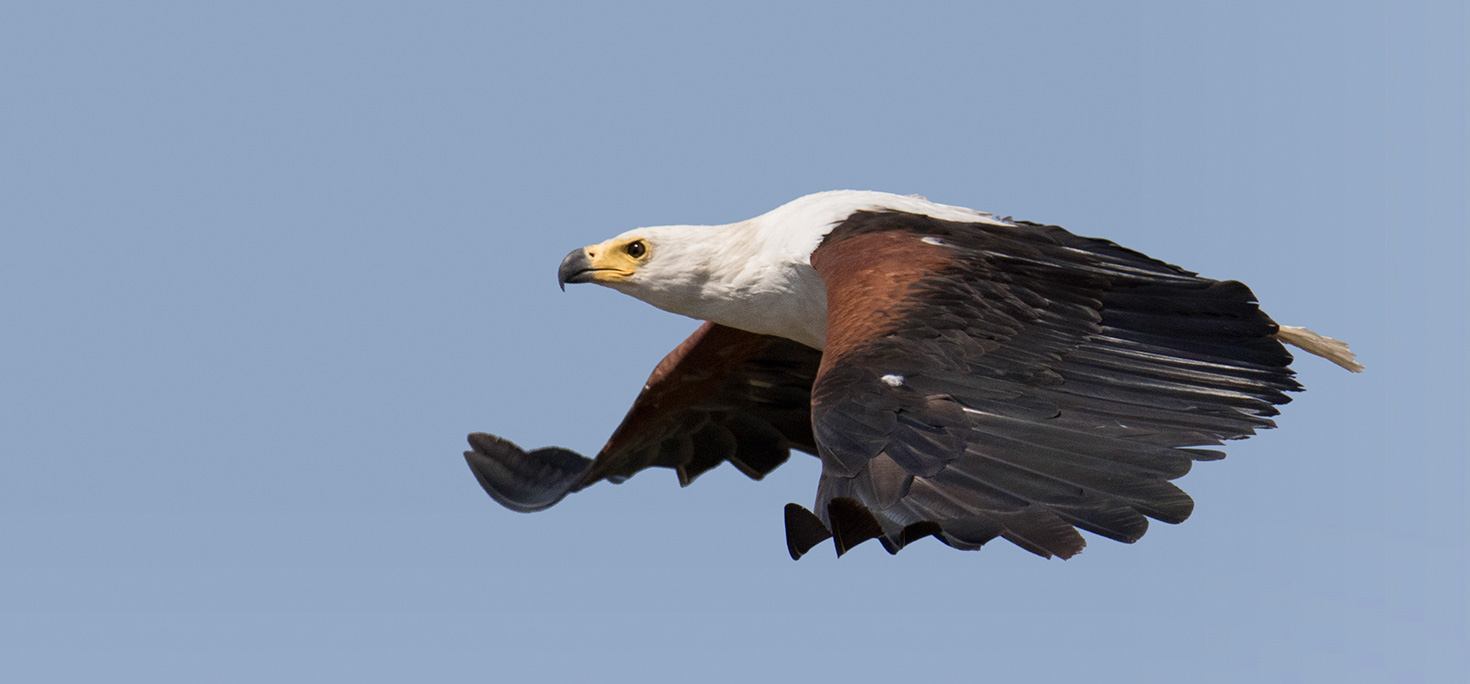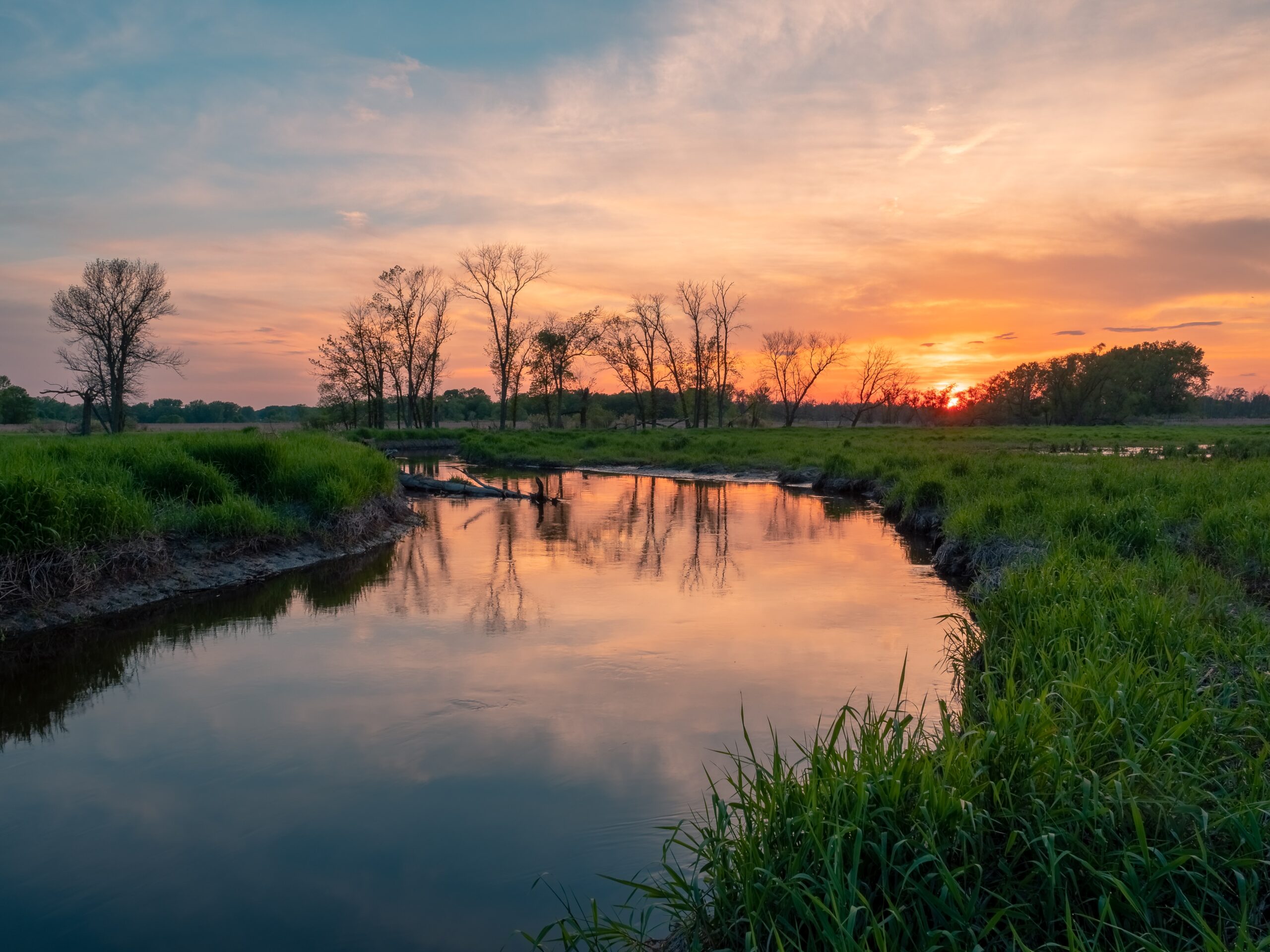Things to Know
CHOBE National Park
Established in 1968, the park covers approximately 11,700 Km2. Chobe NP is Botswana’s first National Park and is known for having the highest concentration of elephants in all of Africa.
The original inhabitants of what is now the park were the San People, known in Botswana as the Basarwa. They were hunter-gatherers who lived by moving from one area to another in search of water, wild fruits and wild animals. The San were later joined by groups of the Basubiya people and later still, around 1911, by a group of Batawana led by Sekgoma.
The idea of a national park to protect the varied wildlife found here as well as promote tourism first appeared in 1931. In 1943, heavy tsetse infestations occurred throughout the region, delaying the creation of the national park. Chobe Game Reserve was officially created in 1960, though smaller than initially desired. In 1968, the reserve was declared a national park.
At that time there were several industrial settlements in the region, especially at Serondela, where the timber industry proliferated. These settlements were gradually moved out of the park, and it was not until 1975 that the whole protected area was exempt from human activity.
The Chobe River is the northern boundary of the Chobe National Park, where the great elephant concentrations occur on the river during the dry season.
Chobe NP is made up of four distinctly different eco-systems. The Chobe Riverfront (also known as Serondela), the Savuti Marsh, Linyanti Swamps and lastly the Nogatsaa area.
The Chobe River Front, near to the town of Kasane. This area borders the Zambezi Region of Namibia (previously known as Caprivi Strip) and has very high concentrations of wildlife. The area is made up of seasonal flood plains and relics of large riverine forests. A boat cruise on the Chobe River with many hundreds of elephants feeding on the floodplains and huge buffalo herds will be etched in one’s mind forever.
The Linyanti Swamps which form the extreme north west of the park, although most of the area does not lie in the park itself, it is of vital importance as it provides an additional source of water during the dry season. The area is characterized my mopane forests and thornveld which supports large numbers of elephant in the dry season.
The Savute Marsh area makes up the central and southern region of the park, the relic marsh is guarded over by seven low lying hills. Savute is famous for the ancient channel that flows in periods of extreme rainfall and dries for many decades in-between. In 1888, the Savuti channel dried up completely and only flowed again in 1957, 70 years later. The area is well known for a number of popular wildlife documentaries which were shot in the area - namely the National Geographic films by Dereck and Beverly Joubert.
The Nogatsaa Area lies approximately 50kms due south of the Chobe River and Kasane. The area is very remote and has no permanent accommodation. There are pumped waterholes which provide excellent game viewing in the winter months – in summer the “cotton soil” roads become impassable but the area teams with elephant during the wet season as it is an important part of their summer range.
Chobe’s wildlife is abundant across the entire park. When the dry season begins, large herds of elephant and buffalo seek the permanent waters of the Chobe and Linyanti Rivers. All year round, visitors can sight in the Park zebra, impala, baboon, blue wildebeest, kudu, giraffe, warthog and vervet monkey. Lions and the spotted hyena are very common; together they are the dominant predators, bringing you spectacular encounters with big buffalo herds. The riverfront is the hotspot to see hippo, crocodile and the Nile Monitor Lizard.
The Park is great birding destination – more than 450 species have been recorded within its borders. Boat trips on the river are excellent for checking off many waders and other water-associated birds. Birds often let boats come very close making photography remarkably easy. There are many fish eagles on the river, and their call is one of the most iconic sounds of Africa. Several species, including skimmers, are on their southern-most limit, making a sighting particularly exciting for southern Africa bird watchers.

October 10, 1975: Liz Taylor and Richard Burton remarry in Chobe NP
The couple first met when they were starring in the film, Cleopatra, in Rome, when their onscreen romance quickly turned into an offscreen love affair.
They married in 1964. Richard Burton was her fifth husband, she was his second wife.
They arrived in Johannesburg in September then flew by private jet to what it was then the Rhodesian border near Victoria Falls where they were met and driven to the Chobe Game lodge located in the park.
The private wedding ceremony was conducted by district commissioner Abrose Masalila and witnessed by the manager of the Lodge, Fred Knoessen, and guide Brian Graham.
They exchanged rings and held hands while Masalila pronounced them man and wife. Then they piled into a four-wheel drive truck and drove five miles to a spot on the banks of the wide Chobe River called Serondela. Masalila followed in his official car. The witnesses broke open two bottles of champagne as “nearby two hippos in the water greeted us, and we could see a rhino about 400 yards away,” Masalila said. “It is a lovely spot,” Masalila said. “The Burtons weren’t at all frightened. They were fascinated by it all.”

Dry season – April to October
By April the last showers marking the end of the rainy season normally fall. From May, the country slowly becomes drier and drier. June and July are the coolest months; however, temperatures begin increasing in August and peak in October. From April through August you’ll enjoy mild to warm sunny days with cold, star-filled nights but you’ll need to be prepared for very hot weather in September and October when the average maximum temperature can reach 38°C/100°F.
April & May – Beginning of the Dry season. The vegetation is still green, and it is mostly dry and sunny. The river receives its annual flood and it can be many metres above the normal levels. June, July & August – No rain in these months. Cold nights and mornings around 08°C/47°F. Afternoon temperatures rising up to about 27°C/80°F.
September & October – Dry&hot and it continues to get hotter before the rains break. This time of the year is very hot with average afternoon temperatures of 35°C/95°F. However, conditions at night and in the mornings are agreeable. Game viewing is very good during as animals are increasingly concentrated at the Chobe and Linyanti Rivers front and Savuti Channel.
Wet season – November to March
The first rains are a relief for the country. It doesn’t usually rain all day, but thunderstorms in the afternoon and short showers are common. It’s hot throughout the season with warm afternoons. Mornings are pleasant, although it starts to cool down at night in March.
November & December – Days are hot and sunny. Temperatures build before it rains, and then drop afterward the generally strong isolated showers. Early mornings and evenings are pleasant – temperatures average about 19°C/65°F.
January, February & March – The first months of the year are the wettest. There is usually rain in the afternoon, but only for a few hours. In March he rains are lessening. There is still rainfall every couple of days though, and it mostly comes as a thunderstorm. Mornings are cooler at 17°C/63°F.
Getting There
The easiest way to get to Chobe National Park is to book a domestic flight to Kasane Airport (BBK), located just outside Kasane town and the northern entrance to the park. Other nearby airports include Victoria Falls Airport (VFA) in Zimbabwe; and Harry Mwanga Nkumbula International Airport (LVI) in Zambia and Mpacha Katima Mulilo Airport in Namibia. From all four airports, you can drive to the park yourself or arrange a guided Game Drives.
Accommodation
Kasane town offers many different types of accommodation, but you can find more affordable places or solutions with great views in the vicinity of Kasane. Also on the Namibian side of the river.
Speed
Botswana Police is known to be the best in Africa. Therefore make sure you respect the speed limits when driving from Ngoma to Kasane on the tarred road.
Over-tourism
Chobe NP can get very busy in high tourism season (July-October). Consider travelling in the other months of the year and discover that the wildlife is still abundant and the green months can surprise you with amazing landscapes.
Roads
Road conditions in Chobe National Park depend greatly on the season and rainfall and one would need a 4x4 vehicle to travel in the Park. Thick sand becomes a problem in the Chobe River Front during the dry months, particularly as the temperature rises and during the wet season the roads near the river become muddy.
Savuti Savuti roads, mainly the western Sandridge Road from Mababe Gate and the roads both north and south of the Savuti channel are typically thick sand and tricky to drive. When rain has fallen, driving along the marsh roads, as the wet black cotton soil becomes unnavigable, carries the risk of getting stuck. Nogatsaa Nogatsaa roads are waterlogged during the wet months and very little of the road network can be driven at this time. During the dry months, game drives from one pan to the next are on roads with small, thick sandy patches. Once leaving the tar road from Kasane, people would have to drive through thick sand for the first 20 km (12 mi), before reaching a sand road.





